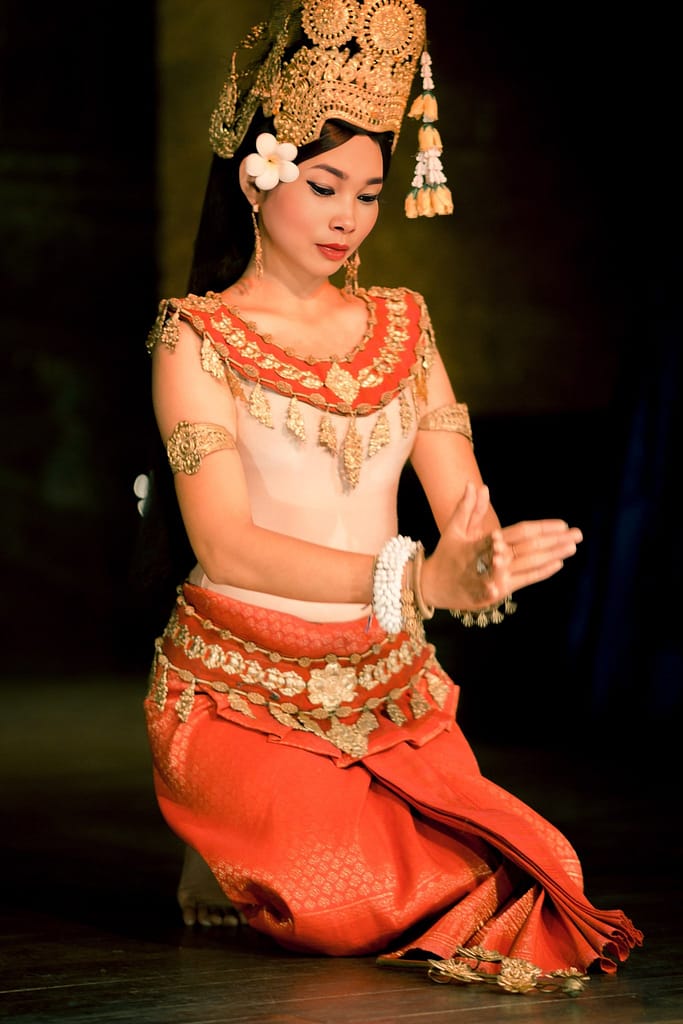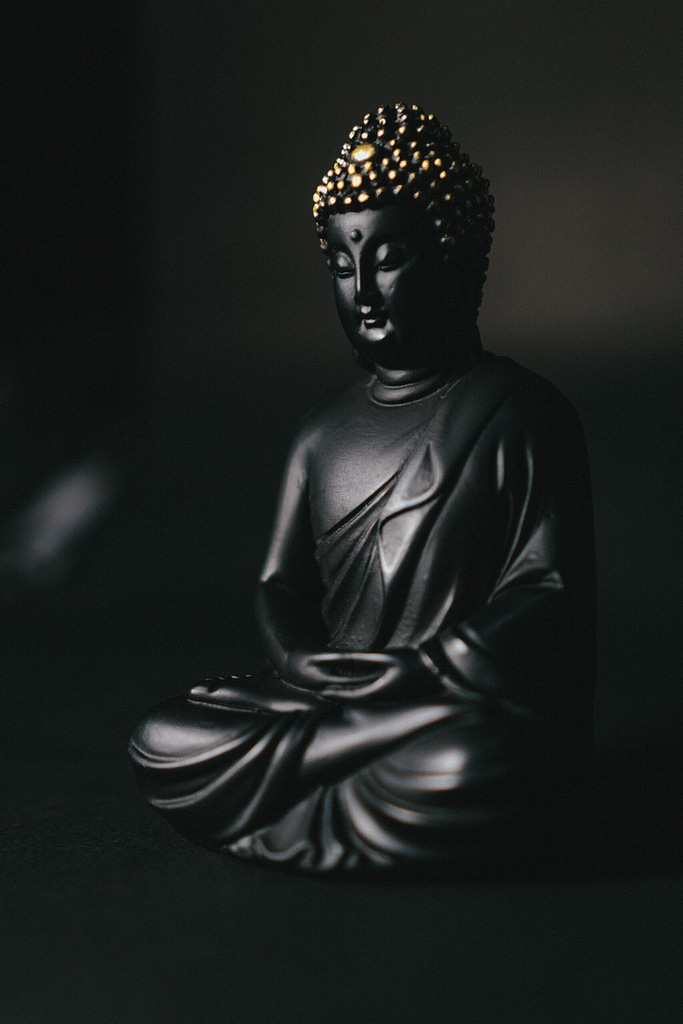When it comes to cultural richness, Southeast Asia takes center stage. This region is a treasure trove of diverse traditions, breathtaking landscapes, and vibrant celebrations. One of the most captivating aspects of Southeast Asian culture is its traditional dances. These mesmerizing performances reflect the history, beliefs, and customs of each country, creating a tapestry of movement and music that is truly captivating.
The Enchanting Beauty of Thai Dance
Thailand, known as the “Land of Smiles,” boasts a rich cultural heritage that is beautifully expressed through its traditional dances. The graceful movements, intricate costumes, and delicate hand gestures of Thai dance transport viewers to a world of elegance and refinement. From the enchanting “Fon Leb” dance, depicting the beauty of nature, to the lively “Ramwong” dance, which brings communities together in celebration, Thai dance offers a glimpse into the heart and soul of this captivating country.
Indonesia’s Dynamic Cultural Kaleidoscope
Indonesia, a sprawling archipelago, is a melting pot of diverse ethnic groups and cultures. Its traditional dances reflect this rich tapestry of influences, each with its unique story to tell. The hypnotic movements of the Javanese “Kuda Lumping” dance, accompanied by the rhythmic beat of traditional gamelan music, captivate audiences with their energy and precision. Meanwhile, the elegant “Legong” dance from Bali enchants with its intricate footwork and expressive hand gestures, telling tales of love and mythology.
The Graceful Elegance of Cambodian Apsara Dance
Cambodia’s Apsara dance is a true embodiment of grace and beauty. This ancient art form, inspired by the celestial nymphs of Hindu mythology, is a testament to the country’s rich cultural heritage. The dancers, adorned in elaborate costumes and headdresses, glide across the stage with ethereal grace, their every movement telling a story. With its intricate hand gestures and delicate footwork, the Apsara dance is a true feast for the senses, transporting viewers to a realm of timeless elegance.
The Fiery Passion of Filipino Folk Dances
The Philippines, a vibrant nation of over 7,000 islands, is home to a wide array of traditional dances that reflect the country’s diverse cultural heritage. From the energetic and rhythmic “Tinikling,” where dancers skillfully maneuver between bamboo poles, to the colorful and lively “Pandanggo sa Ilaw,” performed with candles balanced on the dancers’ heads, Filipino folk dances are a celebration of life, love, and community. These spirited performances showcase the fiery passion and resilience of the Filipino people.
The Pulsating Rhythms of Malaysian Dance
Malaysia’s traditional dances are a vibrant fusion of Malay, Chinese, and Indian influences, reflecting the country’s multicultural society. The rhythmic movements of the “Joget” dance, accompanied by the pulsating beat of traditional Malay music, captivate audiences with their infectious energy. Meanwhile, the elegant “Odissi” dance, originating from the Indian classical tradition, showcases the grace and precision of the dancers, leaving spectators in awe of their skill and artistry.
Dance Traditions
Traditional dances in Southeast Asia are a testament to the region’s rich cultural heritage. Each country boasts its unique dance traditions, weaving stories of love, mythology, and community. From the graceful elegance of Thai dance to the fiery passion of Filipino folk dances, these performances capture the essence of Southeast Asian culture and leave a lasting impression on all who witness them. So, the next time you find yourself in this enchanting part of the world, be sure to immerse yourself in the mesmerizing world of traditional Southeast Asian dances.
*Malaysian dance photo courtesy of thestar.com






